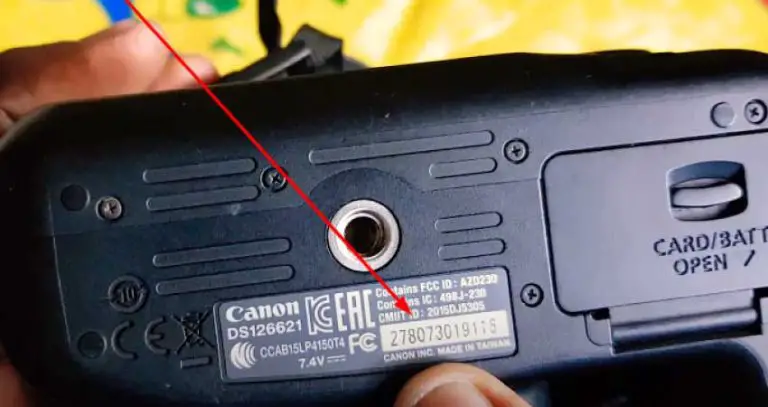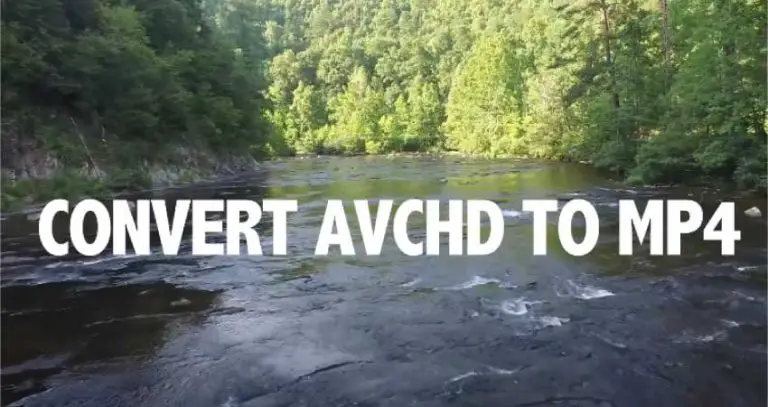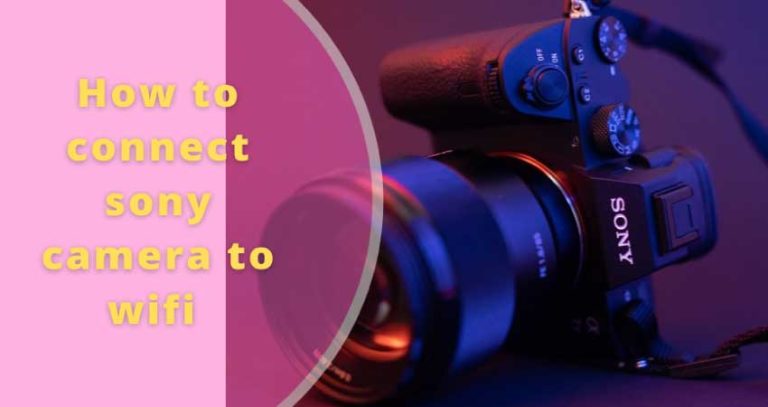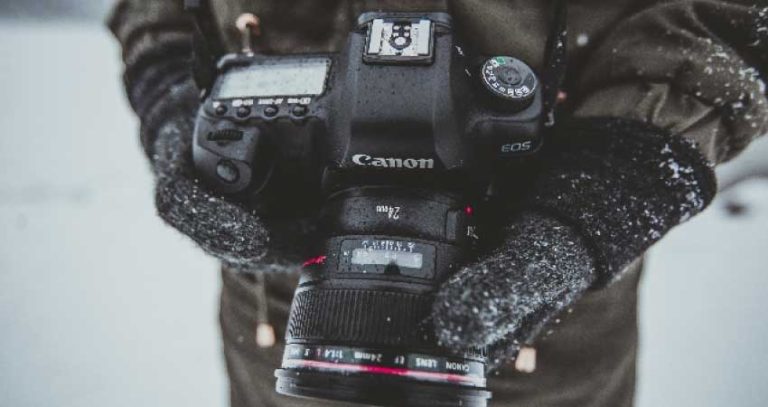Aperture vs Shutter Speed: Whats the Difference
Photography is an art form that allows us to capture and preserve moments, stories, and emotions in a single frame. It is a creative process that relies on various elements to produce compelling and visually striking images.
Among these elements, two crucial factors that significantly influence the outcome of a photograph are aperture and shutter speed. Understanding the interplay between aperture and shutter speed is essential in photography. Both elements work in tandem, and adjusting one affects the other, making it crucial to find the right balance for achieving the desired results.
The combination of the two determines the overall exposure of an image, controlling the brightness or darkness of the photo. By mastering the use of aperture and shutter speed, photographers can not only control exposure but also express their artistic vision, capture captivating moments, and bring their creative ideas to life.
Before we can delve into the differences between aperture and shutter speed, we need to understand what their functions are. Let’s get started.
Aperture: How Does It Work?

Aperture is a fascinating aspect of photography. The aperture is the opening in a camera lens that controls how much light enters the camera. It has a big impact on the quality of a photo. I find it amazing how a simple adjustment of the aperture setting can have such a significant impact on the quality and characteristics of a photograph.
One of the most intriguing effects of aperture is its influence on depth of field. When I widen the aperture (select a smaller f-number like f/1.8), I create a shallow depth of field. This means that only a narrow plane of the image is in focus while the foreground and background blur beautifully, creating that dreamy bokeh effect. When you adjust the aperture, you can control how much of the photo is in focus. A wide aperture (small f-number) makes the background blurry, which is great for portraits. A narrow aperture (large f-number) keeps more of the photo sharp, which is useful for landscapes.
This is particularly useful when I want to isolate a subject and make it stand out from its surroundings. On the other hand, when I choose a narrow aperture (a larger f-number like f/16), the depth of field increases, resulting in a larger area of the scene appearing sharp. This is ideal for landscape photography or when I want to ensure maximum overall sharpness.
Aperture also plays a crucial role in exposure, determining how much light reaches the camera’s image sensor. It basically means the aperture affects how bright or dark the photo is. A wider aperture lets in more light, making the photo brighter. A narrower aperture lets in less light, making the photo darker. It’s important to find the right balance for a properly exposed photo, considering other exposure parameters like shutter speed and ISO sensitivity.
Another fascinating aspect of aperture is its impact on lens performance. The aperture setting can also affect how sharp the photo is. Some lenses perform better when the aperture is not wide open. Stopping down the aperture a bit can improve overall sharpness.
I’ve noticed that lenses tend to perform best when stopped down a few f-stops from their maximum aperture. When a lens is wide open (using a small f-number), it can introduce certain optical aberrations such as spherical aberration, coma, or chromatic aberration. These aberrations can degrade the image quality, particularly towards the edges of the frame. By stopping down the aperture to a mid-range (around f/4 to f/8), I can often achieve the best overall sharpness, minimizing these aberrations and maximizing the image quality across the entire frame.
However, it’s important to be mindful of diffraction when using narrow apertures. As I close down the aperture to smaller sizes (higher f-numbers), an optical phenomenon called diffraction can occur. It causes light waves passing through the small aperture to interfere with each other, resulting in a softer image. This effect becomes more noticeable as I use smaller apertures, so I need to balance the desired depth of field with the potential loss of sharpness due to diffraction. Extremely small apertures, such as f/16 or higher, should be used sparingly, especially on cameras with smaller image sensors.
Lastly, aperture also influences the aesthetic quality of the out-of-focus areas in a photograph, known as bokeh. I find it fascinating how a wide aperture (small f-number) can create a shallower depth of field and produce a larger, smoother, and more visually pleasing background blur, known as bokeh. A wider aperture creates a smoother and more pleasing background blur.
The number and shape of the aperture blades, as well as the design of the lens, all have an impact on the bokeh’s quality. They tend to produce rounder, more circular bokeh, adding a beautiful touch to the overall composition.
Read more Godox TT685 vs TT350: What the Difference in Photography
Shutter Speed: How Does It Work?
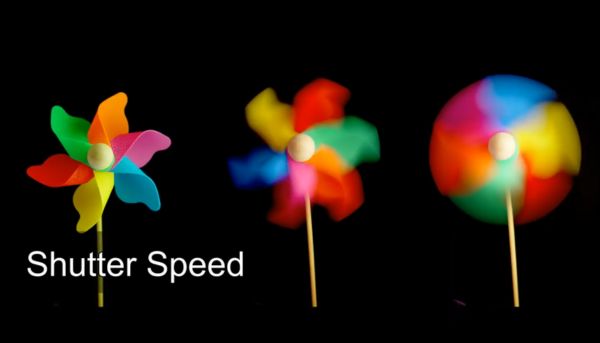
Shutter speed is an essential aspect of photography that I find fascinating. It refers to the duration the camera’s shutter remains open, determining how long light passes through the lens and onto the image sensor, ultimately capturing a photograph. Measurements for shutter speed are typically fractions of a second, like 1/1000, 1/250, or 1/60.
I’ve come to understand that the role of shutter speed is primarily to control the amount of light that enters the camera’s sensor. A fast shutter speed, such as 1/1000, freezes motion and reduces the light reaching the sensor. In contrast, a slower shutter speed, like 1/30, allows more light to reach the sensor and can introduce motion blur if there’s movement in the scene.
Mastering shutter speed is crucial for capturing high-quality, well-exposed photos. It all depends on the specific scene and the creative effect I want to achieve. Here’s a detailed look at how shutter speed affects the overall quality of my photographs:
Adjusting the shutter speed allows me to freeze or blur motion in my images. When I set a fast shutter speed like 1/1000 or higher, I can capture crisp and sharp shots of fast-moving subjects, such as sports events or wildlife in action. Conversely, a slow shutter speed of 1/30 or slower intentionally introduces motion blur, creating a sense of movement, like capturing the flowing water of a waterfall or the light trails of moving cars at night.
Shutter speed also plays a crucial role in controlling the exposure of my photos. By adjusting the duration for which the shutter remains open, I can regulate the amount of light that enters the camera. When I encounter low-light situations or engage in night photography, I opt for longer shutter speeds, even several seconds, to capture more light. Conversely, in bright conditions, I use shorter shutter speeds, like 1/1000 or higher, to prevent overexposure.
When handholding the camera, it’s crucial to take into account the ideal shutter speed to account for any camera shake. I usually follow the rule of thumb that suggests using the reciprocal of the focal length as the minimum handheld shutter speed. For example, if I’m using a 50mm lens, I aim for a minimum shutter speed of 1/50 or faster to ensure sharp handheld images.
Choosing the right shutter speed also depends on the subject and the creative effect I want to achieve. For instance, when capturing portraits, I often use faster shutter speeds to freeze any subtle movements like blinking or slight shifts. However, in other cases, I intentionally employ slower shutter speeds to creatively blur a subject’s movement, such as in panning shots of a moving vehicle.
It’s important to remember that shutter speed is just one element of exposure and can interact with other parameters. For example, when using a faster shutter speed in low-light situations, I may need to widen the aperture or increase the ISO to maintain a well-exposed image. Finding the right balance among these exposure settings is crucial to achieving the desired outcome.
Aperture vs Shutter Speed: Is It One or The Other or Both?
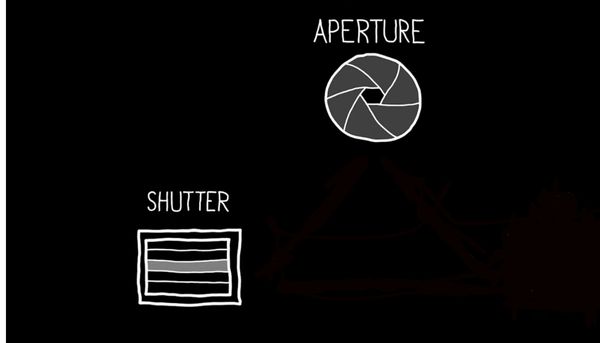
As a photographer, I’ve often pondered the relationship between aperture and shutter speed and their significance in capturing compelling images. Through my experience, I’ve come to realize that aperture and shutter speed are not adversaries but rather partners, each playing a crucial role in photography. It’s not a matter of one being more important than the other, but rather about understanding their individual strengths and how they work together to create impactful photographs.
Aperture, represented by the f-stop values like f/2.8 or f/16, controls the size of the lens opening that allows light to enter the camera. It influences depth of field, determining how much of the scene appears in focus. On the other hand, shutter speed regulates the duration of time the camera’s shutter remains open, affecting motion freeze or blur and the amount of light reaching the camera’s sensor.
In my experience, the interplay between aperture and shutter speed is crucial to achieving the desired creative effect. For example, when shooting portraits, I often prioritize a wide aperture (e.g., f/1.8 or f/2.8) to create a shallow depth of field, allowing the subject to stand out against a pleasingly blurred background. This aesthetic choice not only draws attention to the main subject but also adds a sense of dimension and visual separation.
However, using a wide aperture also means that more light enters the camera, potentially leading to overexposure in bright conditions. To counterbalance this, I rely on the complementary relationship with shutter speed. By adjusting the shutter speed accordingly, I can control the amount of light hitting the sensor while still maintaining a well-exposed image. This balance becomes particularly crucial in situations where I’m shooting in broad daylight or with strong light sources.
Conversely, there are instances where I want to capture a scene with a greater depth of field, ensuring that both the foreground and background are in focus. In such cases, I choose a narrower aperture (e.g., f/8 or f/16) to increase the depth of field, allowing more elements within the frame to be in focus. However, the smaller aperture reduces the amount of light entering the camera, potentially resulting in underexposure. To compensate, I adjust the shutter speed accordingly, allowing more time for light to reach the sensor.
Ultimately, both aperture and shutter speed contribute to the overall exposure and creative intent of a photograph. Each parameter has its strengths, and it’s the careful balance and coordination between the two that allows me to achieve my artistic vision. Rather than pitting them against each other, I consider them as tools to be harnessed in unison, giving me the flexibility to capture images that convey the desired mood, tell a story, or evoke emotions.
Conclusion
In conclusion, from my perspective as a photographer, I believe that neither aperture nor shutter speed is inherently more important than the other. They are interconnected and rely on each other to create visually compelling photographs. By understanding their individual functions and how they work together, I can harness their collective power to bring my creative vision to life and capture images that resonate with viewers.
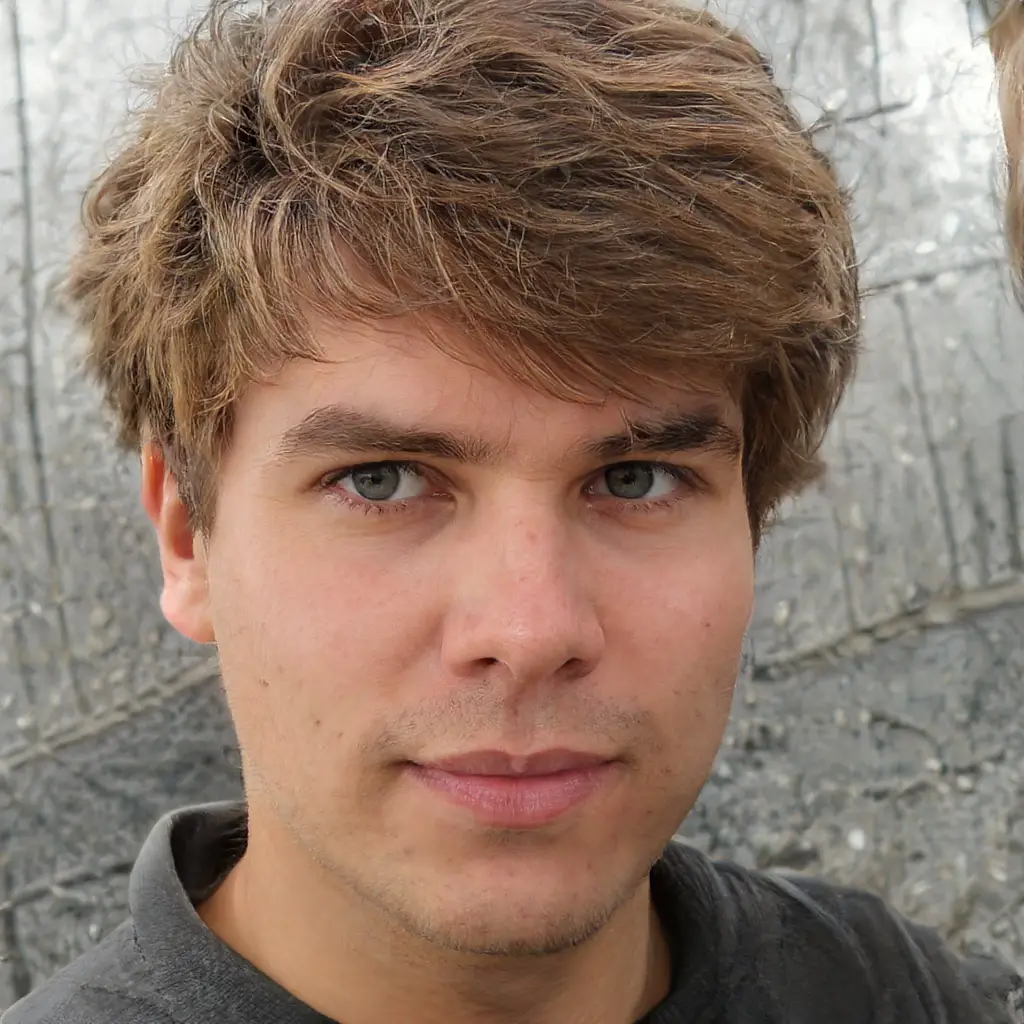
I am Terry E. Collin.
I have some top branded cameras, especially Canon R6, Canon EOS 60D and 70D, Nikon D700, Lumix G9, Lumix G85, and many more. I have been doing photography for 5 years with Top Brand cameras like Canon, Sony, Nikon, Panasonic, etc.
The purpose of creating this blog is to share my personal experience and expertise with most popular cameras.
Let’s share some of them one by one in this blog For FilmingLab Audience

